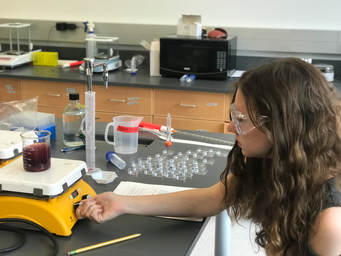 Hi again! These past few weeks have been filled with a lot of new experiences, both exciting and fulfilling. In gathering so much information about fruit flies and what I can learn from them, I’ve gained a lot of experience with carrying out various lab techniques, in addition to figuring out how to design my independent project. Attached are some pictures of me creating grape plates (used to analyze female fertility) as well as sorting flies based on gender. Both of these experiences were particularly engaging and very interesting to carry out. Before I continue on to the specifics of my project, I want to give a quick thanks to Dr. Purdy, Dr. Gardiner, and Ms. Pellegrin for guiding me through these experiences and providing me with the resources to carry out the learning process. For a while now, I’ve become interested in the concept of superfoods, and how certain foods can become trends through advertising and the internet as a result of health benefit claims. I’m curious regarding the extent to which these foods actually benefit us, and I’m hoping to learn a little bit more about the science of superfoods through my independent project. I’ve selected two trending foods (quinoa and açaí berries), and I will be comparing the effects of these foods on the general well-being of the flies to a control group. I’ll be studying the mood and activity of the flies through a centrophobism assay, in which I’ll isolate the flies and examine their courage regarding whether or not they cross a threatening abyss (otherwise known as a 5 cm Petri dish). I’ll also be examining the diversity of their gut bacteria among the flies through an analysis of their microbiomes. Both of these assays are aimed to help me better understand both the internal and external effects of superfoods on activity, mood, and health, and I’m really excited to carry them out. Hopefully, once the project has concluded, I’ll have a better understanding of the extent to which superfoods benefit us. I can’t wait to update you later!
0 Comments
Wassup y’all in the TRIP community! Last time I blogged, I was just starting my preliminary screen, having been in the program for only a week. Now, week 4 is starting up (man, time really does fly by…) and I’m getting to work on my independent project. The whole screen and project planning process was absolutely delightful! I learned a lot about lab work, project design, and presentation. I have also been learning a lot of quite interesting stuff about science communication and comic drawing during the overlap class, and talking to the morning students is a lot of fun. My independent project involves a drug that allegedly enhances cognition, memory, and alertness. I’m sure we’ve all seen advertisements at one point or another on the internet for some sort of “wonder drug” that promises to make you smarter, increase your memory, blah blah blah… Well Adrafinil, which is what I am using in my project, promises to do exactly that! It is actually closely related to another drug that is reported to have similar effects, Modafinil, which has actually been used quite widely in a manner similar to Adderall and Ritalin. Only, the thing is, neither Adrafinil nor Modafinil have ever been investigated in any long-term studies. I have heard several fellow high school students extol the virtues of these drugs, and that’s when I started wondering: can frequent use of Adrafinil (or Modafinil, which is actually a metabolite of Adrafinil) during development negatively affect memory in the future? This the question that I plan on answering by testing the memory of larvae and adults who use adrafinil or used it during development, and I will be using the larval and adult memory assays to do so. Check back when I have results!!
Hey everyone! As we started to learn more about TRIP, fruit flies, and how to test things out, we have finally started to gear towards working on our Independent Projects. The last few weeks have been so fun and interesting, but it is truly exciting to start with our own individual projects. Essentially, we are all conducting experiments that either mean something to us, we have an interest in, and want to see what we can potentially learn. For these reasons, I chose to use different Antibiotics on fruit flies in order to see how they different affect female fertility and microbiome diversity. My interest in antibiotics was sparked by an infection I had almost two years ago, which was when I learnt my body is resistant to a certain antibiotic. After this, I started a twitter page and blog called Fight Superbugs to raise awareness about antibiotic resistance. I also wrote a children's’ book--Superbugs vs Wonder Drugs: The Epic Battle--about the use of antibiotics. For all these reasons, I’ve been so excited to test antibiotics on fruit flies. In my independent project, I chose to look at microbiome diversity due to the fact that humans with more diverse gut bacteria are less prone to antibiotic resistance. I believe if I analyze the gut bacteria I get to see, I might be able to conclude some interesting things. Additionally, I was reading an article which discussed how fertility could be negatively impacted from antibiotics, leading me to conduct the female fertility assay on my flies. While choosing which antibiotics I want to use, I chose three antibiotics that are commonly used for various infections. Therefore, I chose Pen/Strep, Bactrim, and Cipro. All three fall into a different category of antibiotics, which leads me to believe they can have different impacts on the human body. I can’t wait to continue with my Independent Project, along with seeing what everyone else does with their project. TRIP is truly an amazing experience that I can’t wait to share with my friends and family!
First, I’d like to start off on how wonderful TRIP has been to me. I’ve always had somewhat of an interest in science but I’ve never had the initiative to try and dive deeper into the subject. When I get older I want to be a nurse, so what’s there to look into? I was totally wrong in not deciding to try and discover what else I could do with science. Due to TRIP, I’ve had the opportunity to grow and learn more about my relationship with science. For my independent project, I wanted to do something that would kind of “debunk” some sort of myth. In the age of modern technology, it’s easy for misconceptions and fabricated stories to spread, and in most cases than not, it’s usually at someone’s expense. One myth that I had focused on in particular was the idea that eating the pit of apricot seeds can completely get rid of cancer. Once a loved one is diagnosed with cancer, many people are willing to try just about anything in order to gain a solution, including the apricot seed idea. The problem with this is that once apricot seeds are ingested, the body turns it into cyanide, which can kill you if found in abundance. What I wanted to learn was if this miracle cure actually has some weight to it. As a replacement for apricot seeds, I decided to lycopene, a vitamin found in tomatoes on flies treated with UV light.
Hello again! I can’t believe we’re more than halfway through the program. So far, we’ve been doing our screen projects, which were assigned experiments to teach us how we can best conduct our own independent projects. We’ve gained much of the needed knowledge to work in a fly lab, and learned much of the basics such as pipetting, knocking out the flies, sorting the flies, collecting developmental data and so much more. I’ve gone from nervous and unsure to comfortable and confident (more so at least) in the lab. We’ve also learned information that can be applied outside of the lab, such as presentation skills and career paths that will come in handy as we progress through our lives. I’ve met so many new, brilliant people and have had so much fun inside and outside the lab. I’m feeling more a part of the TRIP family every day and can honestly say I’m exceedingly comfortable and happy as we go into each lab session. Now, as we’re madly preparing for our independent project, I’ll go ahead and briefly introduce mine Have you ever been told that all fats are fiends? Have you ever been told that if we consume too much, we’ll become obese, and have a myriad of health problems? Though this warning remains helpful while we’re navigating through the menu at McDonalds, it does not necessarily remain true for ALL fats. One such type of fat is Omega 3 fatty acids which can be found in certain types of fish and nuts. Though having large amounts of Omega 3 in your diet can provoke a lot of health benefits, one I’m most interested in is its effect on neurodegenerative diseases. It is well-established that Omega 3 can benefit those with Alzheimer’s, however I want to look into how it may help those with Parkinson’s, another neurodegenerative disease for which 60,000 Americans are diagnosed with every year. How are we going to give the flies Parkinson’s? Well, studies have shown that an herbicide called Paraquat induces Parkinson’s-like symptoms. Since we can’t necessarily ask the flies to what extent the Paraquat is affecting them, I’ve decided to do a negative geotaxis assay to test motility. For the past couple years, I have harbored an interest in microbiology. So naturally, upon hearing and reading about the microbiome test, I knew it was something I had to try and incorporate into my experiment. Parkinson’s has been looked into as having some effects on the microbiome in terms of diversity and what genera are present. So finally, my experiment question became: “How does Paraquat and Omega 3 fatty acids affect the microbiome?”.
My name is Andrew Moreland, from Cheltenham High School. For my independent project, I decided to test the effects of nutmeg (yes nutmeg) on the fruit flies. I want to test how it affects the female flies’ fertility and also how it affects the males’ negative geotaxis (a fly’s innate response to gravity which is trying to go against it). I think that the nutmeg will have a negative effect on the flies, reducing the amount of embryos produced by the female and the males will not be able to or be less effective in performing the negative geotaxis. The way I used the nutmeg on my flies was by adding it to their food in water solutions of different amounts. Seeing how different amounts (high, low, and medium) of the nutmeg will have an effect of the flies. I chose nutmeg to test in this project because I wanted to use something that was easy to get a hold of and common. I learned somewhere, I can’t remember exactly who told me or where I read it but, in high amounts, nutmeg can be toxic. After further research I found that, in the 1800s before more modern medicinal practices, nutmeg was used to induce abortions. This made me want to see if it affected the female flies’ fertility. Also in the 1960s, people tried to use nutmeg as a drug, because it contains myristicin, a natural compound that has similar effects to LSD. This is why I want to see how it would affect the innate behavior of the male flies. These first three weeks of the TRIP Initiative have been one of the most fun experiences I have ever done. The lab experience has been very eye opening for me, making me want to pursue this in college. Also, meeting new people has been a very good experience. It makes me happy that there are so many people that share my interests and I can relate to.
For my independent project, I am studying the effects of Sertraline, an antidepressant more commonly known as Zoloft, on fly anxiety and activity through the social space and centrophobism assays. These assays will allow me to measure fly activity and social behavior, seeing how the drug affects the flies. For example, in the centrophobism assays, when more flies stay on the periphery of their petri dishes, it shows they are more fearful and anxious, whereas if more are in the center, they have less anxiety. The main goal of this project is to determine how the drug affects male and female flies differently. I wanted to test this because drugs are often prescribed to both men and women, despite the fact that their bodies function quite differently and are typically of different sizes. I want to know if the drug is more effective in reducing anxiety in one gender than the other and if it has any other effects, such as causing a lack of energy, more prominent in one gender. TRIP so far has been very exciting and lots of fun. I have learned so much about flies, laboratory techniques, and research in just a few weeks! The people in the program, as well as those teaching it, are absolutely amazing and super nice. We have become good friends already and love working with each other and helping out people when they need it. Furthermore, everyone is very smart and has come up with brilliant ideas for their independent projects, which I cannot wait to hear more about. Overall, I am having a wonderful experience and cannot wait to continue with my independent project in the coming weeks!
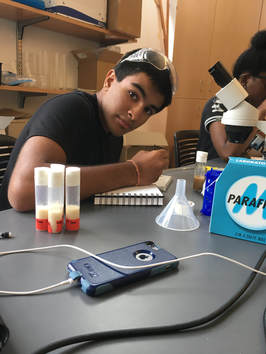 Reflecting back on it, the last couple of weeks have been a blast. Over the course of the mini-experiment I conducted, officially known as Screen 1, I tested the effects of darkness and Valerian (a sleeping drug) on fruit flies. I measured the average distances between the fruit flies over a set period of time, with the intent on analyzing how the drug and stressor affected how sociable the fruit flies were. Sadly, my data revealed no pattern; however, the whole process taught me a couple of things, with the main one being that you can still learn a variety of things without recording the perfect data. I walked out with an abundance of skills from those four experimental days, including micro-pipetting, creating dilutions, and proper labeling techniques, skills that I hope to continue on using in my post-college years. The end of Screen 1 meant, for me, the best part of the program was about to start: the independent project. The basis of my independent project sprouted over two years ago, during what I thought was going to be another boring health class lecture about nutrition. The teacher droned on about healthy eating, protein, and fats before ending the class with a story about sugars. He told us that, back in the 1970s, big corporations paid off scientists to falsify data showing that artificial sugars were a healthy alternative to all the fats found in foods of the time. Fast-forward a couple of decades, and the United States is facing an obesity epidemic. As you probably already guessed, my experiment revolves around the effects of artificial sweeteners and obesity in fruit flies. I specifically picked Splenda to be my test subject, an artificial sweetener with the main ingredients of dextrose and maltodextrin. Over the course of the next two weeks, I will be recording and analyzing the masses of the flies (both the original, parent flies and the younger, first generation vial born flies); as well, I will be recording statistics on the development of the flies, from the larval stages all the way up to adulthood. I really hope to find some sort of connection between the data, something that I can use to show others, something that those scientists over 40 years ago were not willing to show the world. 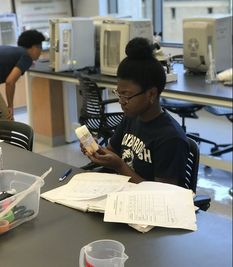 Hello, my name is Lataviya Brady and I will be talking about my independent project. I will be experimenting the effects of coffee on fruit flies. I want to see if there are any effects on activity and female fertility when fruit flies are exposed to different amounts of liquid black coffee. Personally I thought about this idea mainly because I happen to drink coffee not often but sometimes before school starts because I am always sleepy and end up falling asleep in the middle of class. I try to cut the coffee down by drinking it only 2-3 times a week just to be safe. But what I’m trying to figure out is how do different amounts of coffee affect the fertility and activity of a living organism. In my experiment I will be dealing with assays like female fertility and negative geotaxis. Negative Geotaxis refers to a freely moving organism in response to gravity. So for example, say if I expose the drug coffee to the fruit fly and I want to test how the flies react to gravity. Will they go up to the top of the vial in less than 3 seconds or more than 3 seconds? I’m testing activity with the Negative Geotaxis assay. In the female fertility assay all I’m doing is counting how many embryos each vial lays in the matter of 2 hours on a grape plate with some yeast paste so the flies lay their embryos in a warm comfy place. My control (untreated vial, only food and water) is the average amount of embryos laid from female fruit flies, so if there is more or less embryos in each treated vial then that would mean my drug (coffee) affects female fertility. If it is around the same rate of embryos laid than the average then coffee probably doesn’t affect fertility. Hopefully coffee does not affect fertility in a bad way. The past few weeks in TRIP have been wonderful, kinda tricky, but overall wonderful. In the first few weeks of TRIP I have been working on my fly project with a drug close to my interest. My first experiment with fruit flies was fun but overwhelming since I’ve messed up a very important part of my project I couldn’t receive accurate data. Even though I messed up, Dr. Gardiner told me that it wasn’t the end of the world and that everyone messes up, so I moved on and hoped that I can do better next time and learn from my mistakes. I presented my project towards the class and have gotten some feedback about it, basically it was about my overall performance and what I need to work on whilst presenting. The presentation was like a practice presentation before my Independent Project presentation. Overall it’s like a practice before the independent project of the course.
|
Archives
April 2024
Categories
All
|
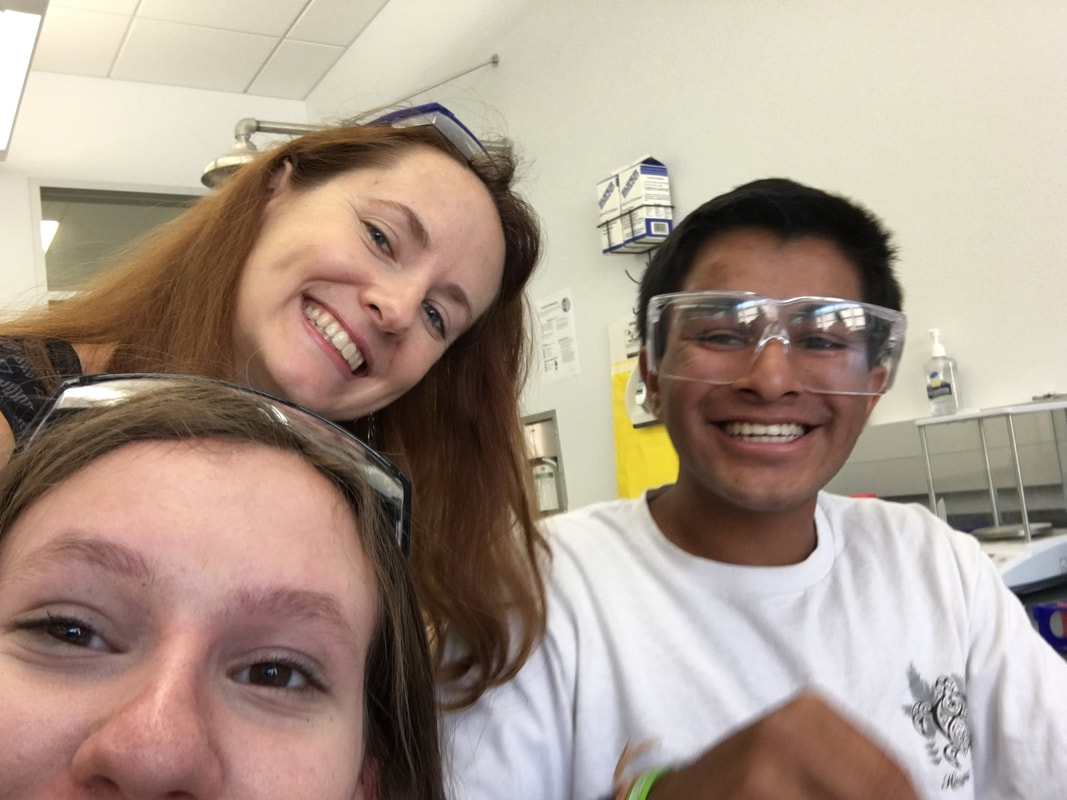
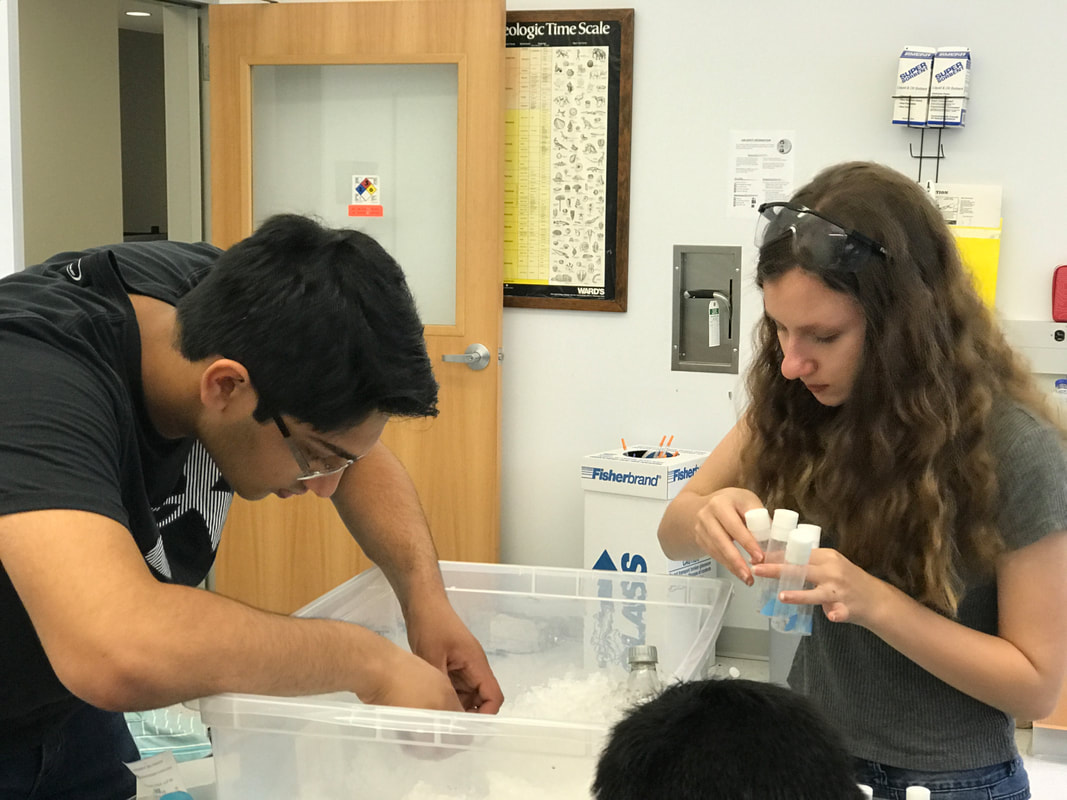



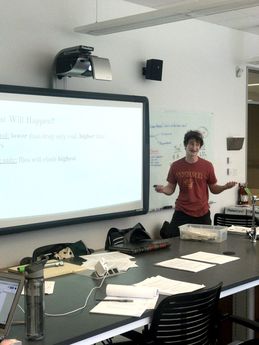
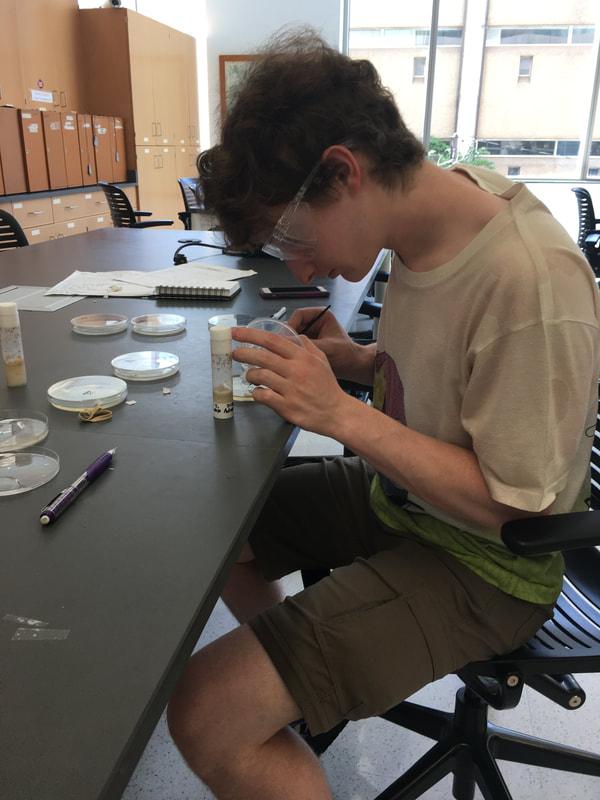






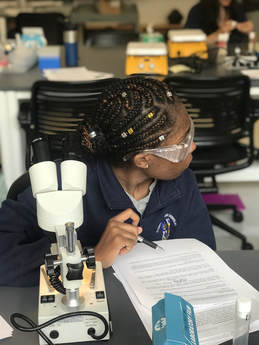
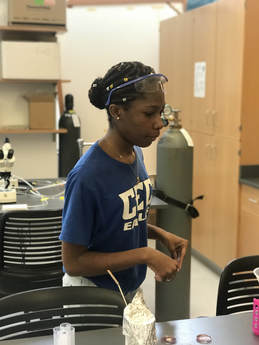
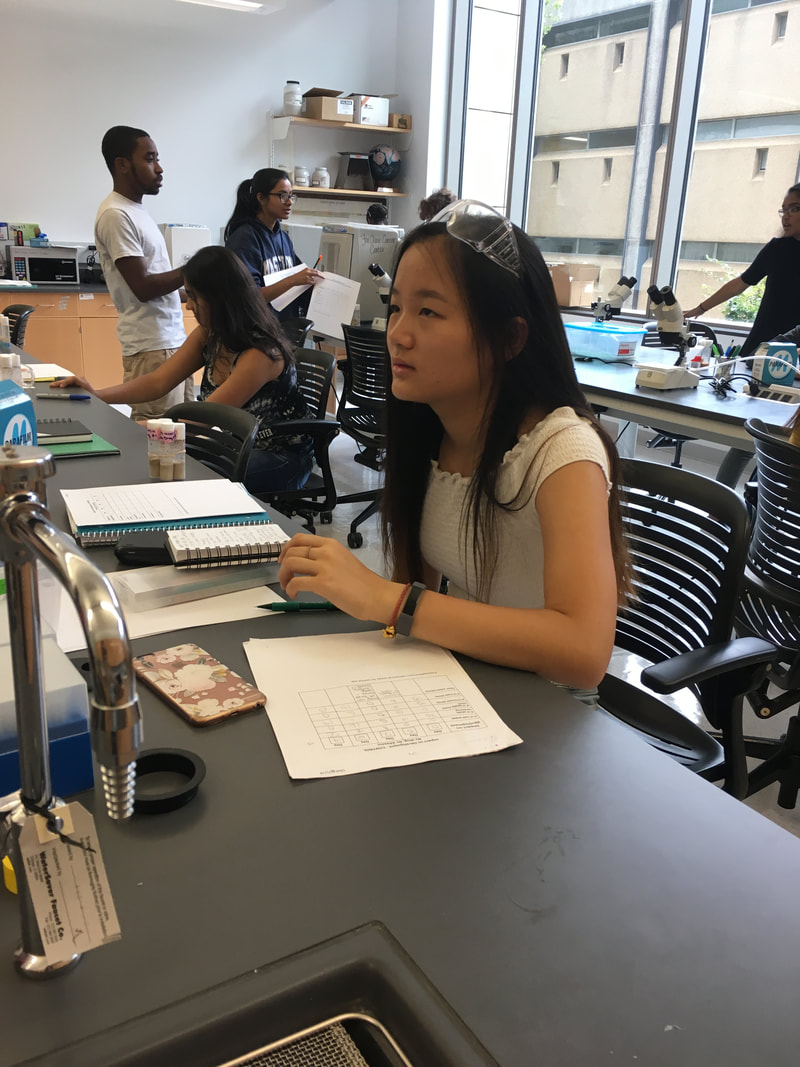


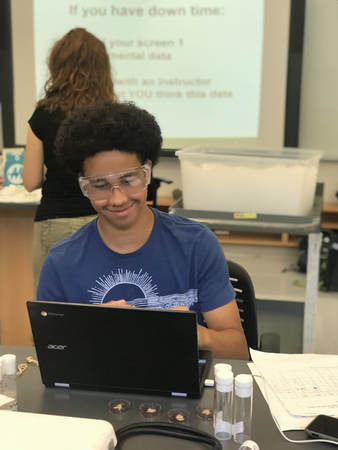
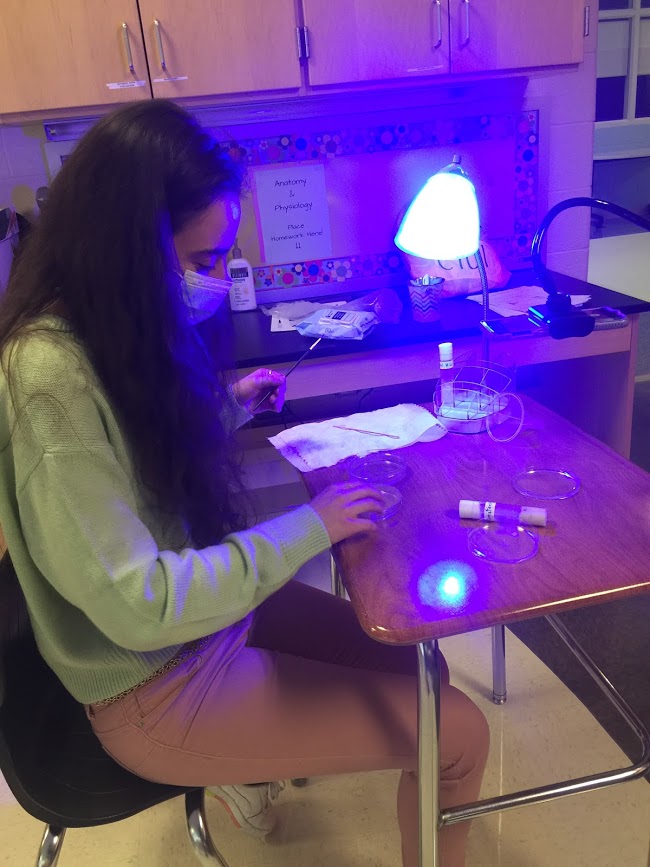
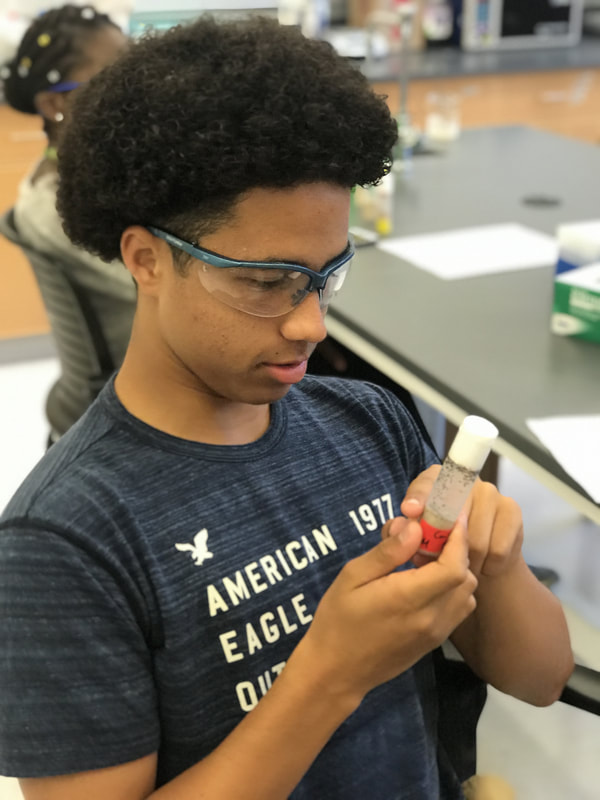

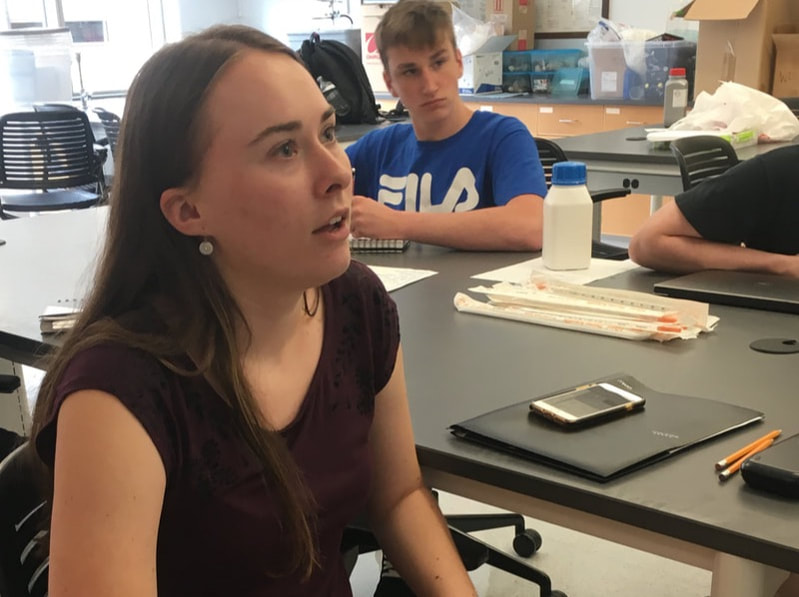
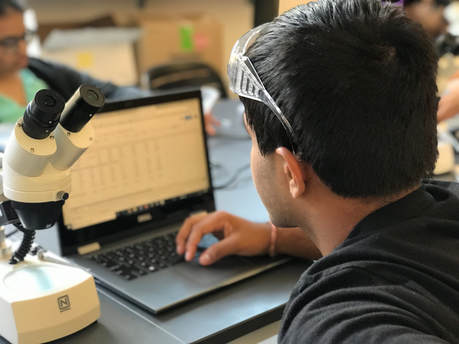




 RSS Feed
RSS Feed